Ostriches, the largest living bird species, are known for their impressive size and speed. While ostriches are generally docile and shy, there have been rare instances where they have exhibited aggressive behavior towards humans.
Ostriches may attack humans if they perceive them as a threat to their territory, nests, or young. They can also become aggressive during mating season or if they feel cornered.
In this article, we explore whether can ostriches kill humans – the reasons they attack + how to avoid them. By understanding the triggers for ostrich aggression and implementing preventive measures, we can ensure the safety of both humans and these magnificent birds.
Join us as we delve into the factors that may lead to ostrich attacks, including territorial behavior, perceived threats, and protective instincts. By adopting responsible behavior and respecting their space, we can coexist peacefully with ostriches and minimize the risk of dangerous encounters.
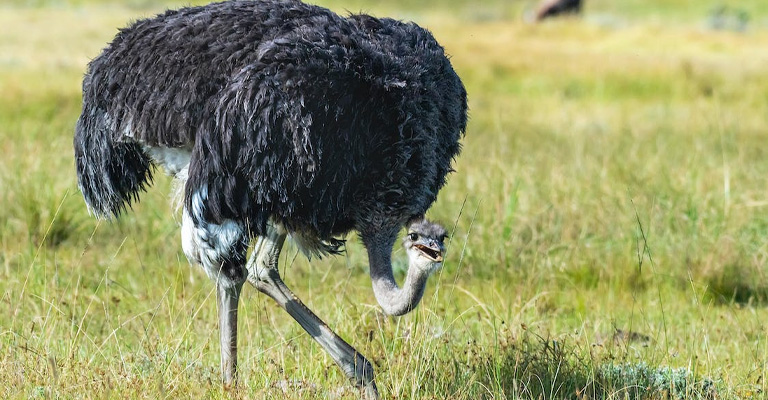
Can Ostriches Kill Humans – Reasons They Attack
Yes, ostriches have the potential to cause harm to humans, although it is relatively rare. Ostriches are large, powerful birds that can weigh up to 300 pounds and stand over 7 feet tall.
When they feel threatened or cornered, they may exhibit aggressive behavior, which can include attacking humans. Here are a few reasons why ostriches may attack:
Defense of Territory or Young
Ostriches are protective of their nests and offspring. If they perceive a threat to their territory or young, they may become aggressive and attack to defend them.
Feeling Threatened or Provoked
Ostriches have a strong fight-or-flight response. If they feel threatened or provoked by a human, they may choose to fight back as a means of self-defense.
Mistaken Identity
Ostriches have been known to attack humans who they may mistake for a predator or threat. Their natural instinct is to defend themselves by using their powerful legs and sharp claws.
Aggression During Mating Season
During the breeding season, male ostriches can become territorial and aggressive. If a human enters their territory or comes between them and a potential mate, they may perceive it as a threat and attack.
Food Aggression
Ostriches can become aggressive when it comes to food. If a human gets too close to their food source or tries to take it away, the ostrich may react aggressively to protect its food.
Provocation or Harassment
Ostriches, like any animal, can become agitated if they are continuously provoked or harassed by humans. If someone repeatedly bothers or taunts an ostrich, it may respond with aggression.
Fear or Panic
Ostriches have a strong flight response and may become frightened or panicked in certain situations. If they feel trapped or cornered, they may lash out in an attempt to escape, potentially causing harm to humans in their path.
How To Avoid Ostrich Attacks?
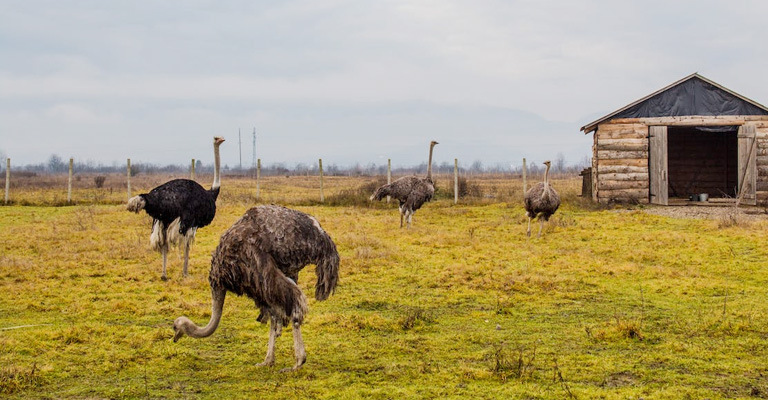
To avoid ostrich attacks, it’s important to follow these guidelines:
Maintain a Safe Distance
When encountering ostriches, it’s crucial to keep a safe distance and avoid approaching them too closely. Respect their personal space and give them room to move freely.
Do Not Provoke or Harass Them
Avoid any actions that may provoke or harass ostriches. This includes making loud noises, throwing objects, or attempting to touch or chase them. Treat them with respect and observe them from a distance.
Avoid Getting Between Ostriches and Their Young
Ostriches are protective parents, and if you come between them and their offspring, they may perceive it as a threat. Be aware of their nesting areas and give them a wide berth to avoid any confrontations.
Do Not Feed Them
Feeding, ostriches or any wild animals can lead to dependency and alter their natural behavior. It’s best to let them find their own food sources in their natural habitat.
Stay Calm and Non-threatening
If you find yourself in close proximity to an ostrich, remain calm and avoid sudden movements. Do not run away, as this may trigger their instinct to chase. Instead, slowly back away while keeping an eye on the bird.
Observe from a Safe Location
If you want to observe ostriches, it’s best to do so from a safe and designated viewing area, such as a wildlife sanctuary or park. These areas are designed to allow for safe observation without disturbing the animals.
Remember, while ostrich attacks on humans are rare, it’s always important to exercise caution and respect when interacting with any wild animal.
How Do Ostriches Attack?
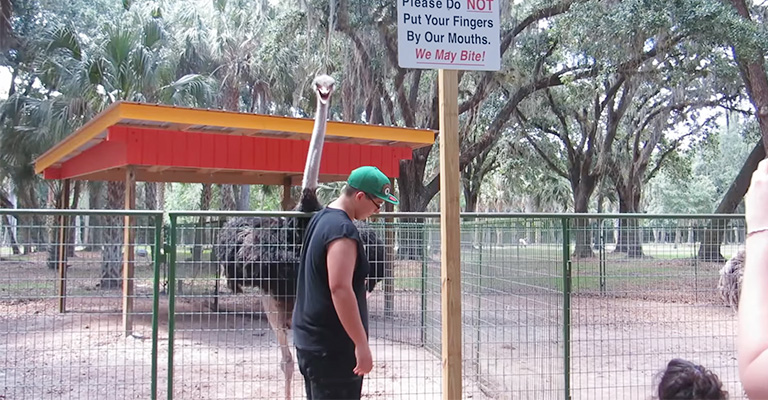
When ostriches attack, they primarily rely on their powerful legs and sharp claws as their main weapons. Here’s how ostriches may attack:
Kicking
Ostriches have incredibly strong legs and can deliver powerful kicks. Their long legs, armed with sharp claws, can cause serious injury or even death. They can kick forward or backward, and their kicks can be swift and forceful.
Charging
Ostriches may charge at a perceived threat, running at high speeds of up to 40 miles per hour. Their long legs enable them to cover ground quickly, and their large size adds to the impact of the charge. They may use their wings to maintain balance during the charge.
Pecking
While not as common as kicking or charging, ostriches may also use their beaks to peck at a target. Their beaks are strong and can cause injury if they make contact with a vulnerable area.
Note that ostrich attacks on humans are relatively rare, and most encounters with these birds are peaceful. However, if an ostrich feels threatened, cornered, or provoked, it may resort to these aggressive behaviors.
It’s crucial to exercise caution and maintain a safe distance when interacting with ostriches or any other wild animals to avoid potential attacks.
Are Ostriches the Most Dangerous Bird?
While ostriches are large and powerful birds, they are not considered the most dangerous bird species. Let’s explore some other bird species that are known for their aggressive behavior or potential danger:
Cassowaries
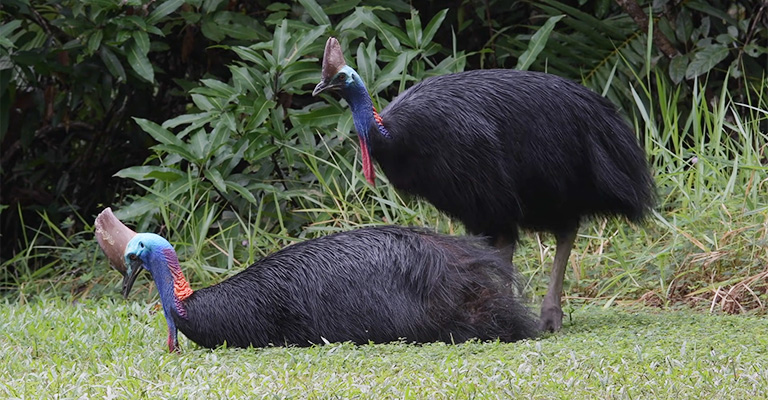
Cassowaries, native to Australia and New Guinea, are often regarded as one of the most dangerous birds.
They have large, sharp claws on their feet that they can use to inflict serious injuries. Cassowaries are known to be territorial and can become aggressive if they feel threatened.
Swans
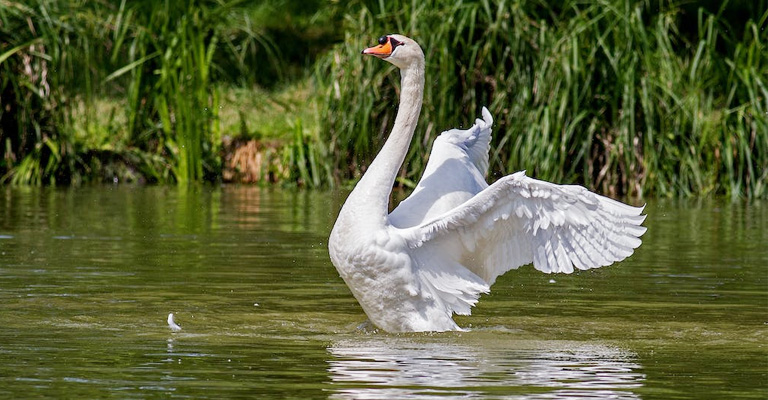
Swans may seem graceful and elegant, but they can be quite aggressive, especially during their nesting season.
Mute swans, in particular, are known to attack humans if they perceive them as a threat to their nests or cygnets. Their strong wings and sharp beaks can cause harm.
Geese
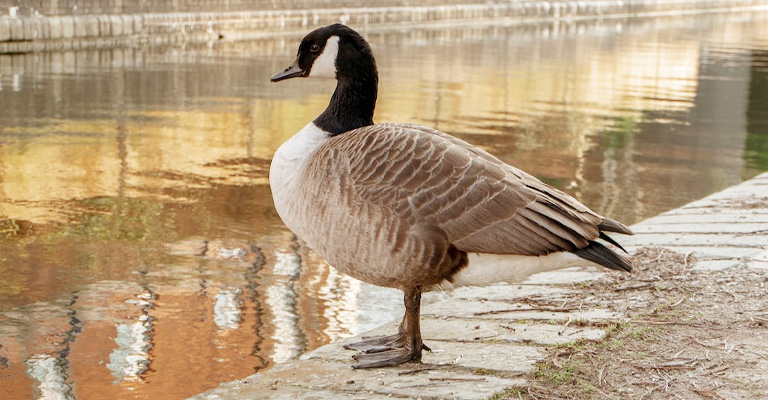
Geese, especially Canada geese, can exhibit aggressive behavior, particularly when they are nesting or protecting their young.
They may hiss, flap their wings, and even bite or chase humans who come too close. While their attacks are generally not life-threatening, they can be intimidating.
Emus
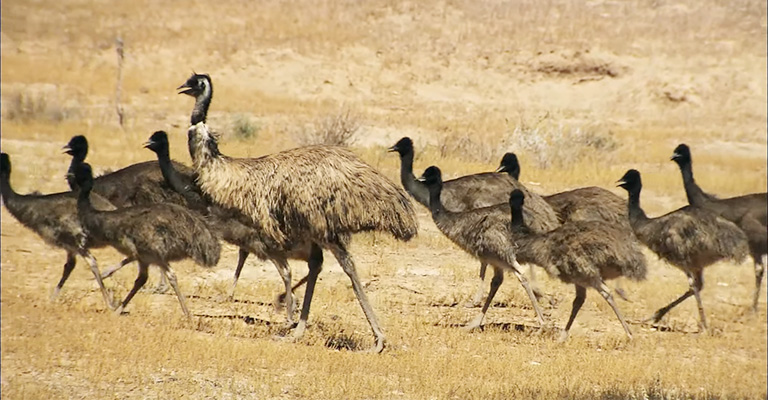
Emus, native to Australia, are the second-largest bird species in the world after ostriches. While they are generally not aggressive, they can become defensive if they feel threatened. Emus have strong legs and sharp claws that they can use to kick and cause harm.
These birds’ aggressive behavior is typically a response to feeling threatened or protecting their territory or young. Most bird species, including ostriches, will not attack humans unless provoked or cornered.
However, it’s always advisable to exercise caution and respect when interacting with any wild animal to ensure your safety and the well-being of the animals.
How to Treat Ostrich Bites?
If you or someone else has been bitten by an ostrich, it’s important to take immediate action to treat the wound. Here are some steps to follow:
Control Bleeding
If possible, move away from the ostrich to avoid further attacks or injuries. Apply gentle pressure to the wound with a clean cloth or sterile gauze to help control any bleeding. Elevating the affected area, if possible, can also help reduce blood flow to the wound.
Clean the Wound
Rinse the bite wound gently with clean water to remove any dirt or debris. Avoid using harsh chemicals or soaps, as they may further irritate the wound.
Apply Antiseptic
Once the wound is clean, apply an antiseptic solution or ointment to help prevent infection. Follow the instructions on the product packaging for proper application.
Cover the Wound
Use a sterile bandage or dressing to cover the bite wound. This will help protect it from further contamination and promote healing.
Seek Medical Attention
It is highly recommended to seek medical attention for an ostrich bite, even if the wound appears minor. Medical professionals can assess the severity of the injury, provide appropriate treatment, and administer any necessary vaccinations, such as tetanus shots.
Follow Medical Advice
Follow any instructions or recommendations provided by the healthcare professional regarding wound care, pain management, and potential follow-up visits.
Remember, ostrich bites can cause significant injuries due to the strength and sharpness of their beaks. Prompt medical attention is crucial to ensure proper treatment and minimize the risk of complications such as infection.
FAQs
Yes, ostriches have been known to attack humans, especially when they feel threatened or provoked.
Ostriches are large and powerful birds, capable of inflicting serious injuries with their sharp beaks and strong legs. While fatal attacks are rare, it is important to exercise caution around them.
Yes, ostriches are incredibly fast runners and can reach speeds of up to 40 miles per hour. It is nearly impossible for humans to outrun them in a chase.
Ostriches may display warning signs before attacking, such as hissing, fluffing their feathers, or lowering their heads. These behaviors indicate that the bird is feeling threatened and may attack if provoked further.
Ostriches are not recommended as pets due to their size, strength, and aggressive tendencies. They require specialized care and a large, secure enclosure to ensure their well-being.
Parting Words
While ostriches have the potential to exhibit aggressive behavior towards humans, such instances are rare and can often be avoided by understanding their behavior and taking necessary precautions.
By respecting their space, avoiding provocation, and maintaining a safe distance, we can minimize the risk of ostrich attacks.
It is important to remember that ostriches, like any wild animal, should be observed from a distance and not approached or treated as domesticated animals.
If you encounter an aggressive ostrich, it is best to slowly back away while avoiding direct eye contact. Do not turn your back on the bird, as they can deliver powerful kicks.
By promoting responsible behavior and raising awareness about ostrich behavior, we can ensure the safety of both humans and these magnificent birds.
Let us strive to coexist peacefully with ostriches and appreciate their unique presence in our natural world.